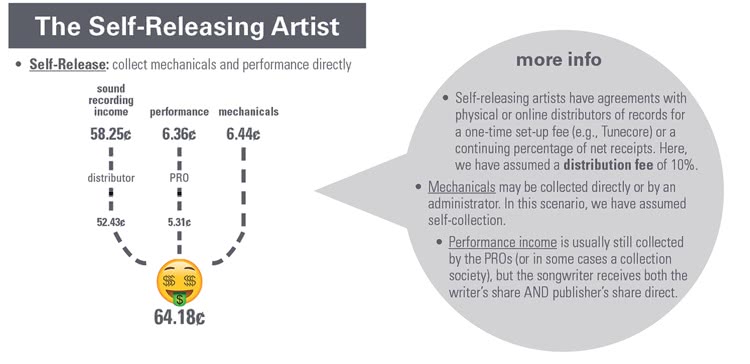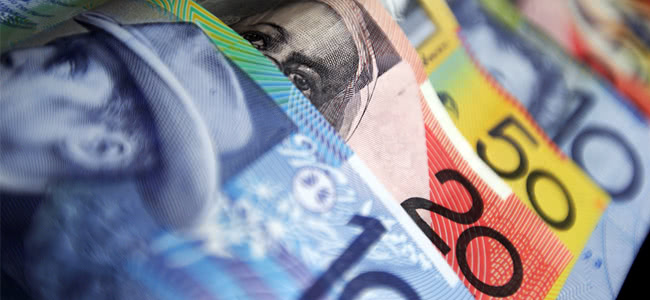The debate over compensation from streaming continues to rage, with no signs of quieting down. Many fingers are pointed squarely at the streaming services, whilst others are blaming major labels who take an unfair cut of any royalties the services surrender.
But new research from law firm Manatt, Phelps & Phillips, LLP may shed light on just where the money comes from, where it’s going, and who comes out on top in the streaming game – independent artists or those signed to major labels.
Before we run through the numbers, it’s important to note that there are bands and artists out there who are signed to major labels and manage to make considerable money from streaming, but it’s also important to note that they are among the lucky few.
For the most part, smaller bands don’t command enough market share on streaming services to receive big payouts, particularly when their labels take a considerable cut of any streaming royalties that may be going their way.
According to Manatt’s calculations, via Digital Music News, an unsigned, independent band or artist can expect to receive nearly four times the royalties from streaming than a band or artist signed to a major label. In other words, signing to a major label can cost an artist money.
Let’s take a hypothetical artist signed to a major label. Now, let’s assume this artist wrote and performed all of their own music. Taking into consideration sound recording income, performance royalties, and mechanical royalties, the artist ends up with 18.14 cents of each dollar made.
58.25 cents is paid out by a service like Spotify to the record label, with another 12-13 cents to the publisher. The publishing is split into a performance license and a mechanicals license. After each of these entities take their cut, 18.14 cents of each dollar is what the artist gets.


Images via Digital Music News
Compare this to the unsigned artist in the same circumstances (wrote and performed their own music), who will take home 64.18 cents of every streaming dollar. That’s almost four times more than the similar artist signed to the major label.
This is even after a digital distributor takes their 10 percent cut. Of course, whilst this may seem like anybody who signs to a major label is being foolish, there’s always a catch.
As Digital Music News notes, whilst major labels take a significantly larger portion of the streaming money, they also spend a lot of money trying to turn an artist into a star, though as we’ve previously covered, this is not necessarily always true.
Essentially, what these numbers mean is it’s not always a good idea to sign to a major label when immediately offered the opportunity. It’s a better idea for a band or artist to weigh the pros and cons and figure out whether they can etch out a living off their current fan base whilst marketing themselves.
The other option is to sign with a major, who will take a larger cut of the money that would normally be going to the artist, but who have more resources to take an artist’s fan base and turn it from small and local to large and global.




































